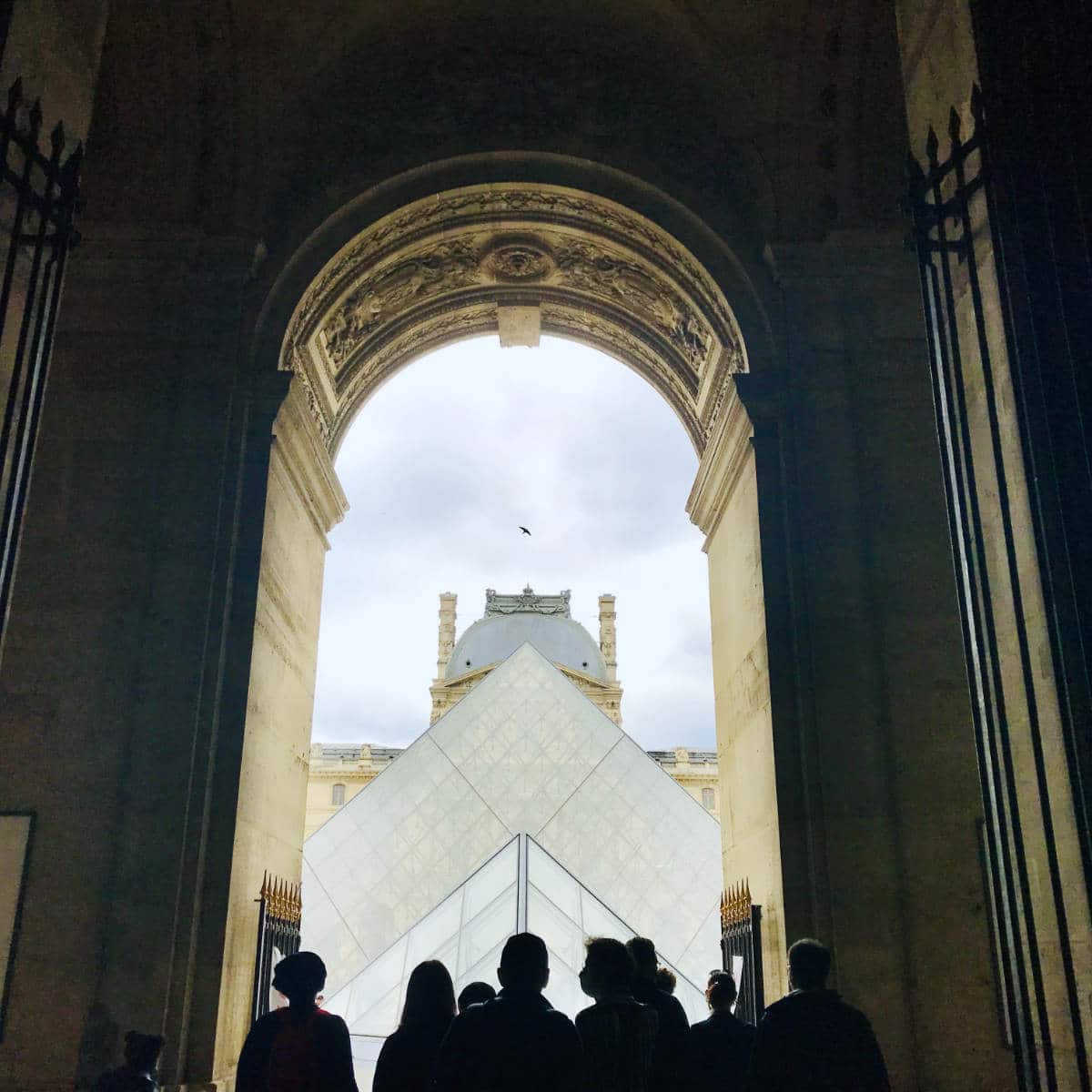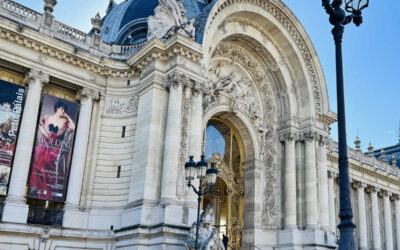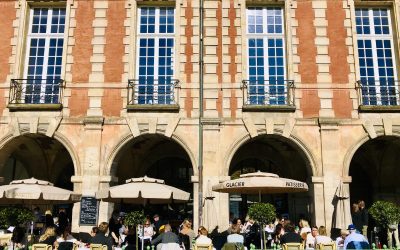Contrary to popular belief, it is not the Eiffel Tower or the Champs Elysées that is the center of Paris. At one point, those were just fields. Indeed, it is the 1st arrondissement, and the ancient fortresses of Palais de la Cité and the Louvre that are the historical heart of Paris.
As it was centuries ago, it is this area of Paris that is bustling with commerce in the form of luxury shops, restaurants, businesses, and much more. In addition, with many 5-star Hotel Palaces right around the corner, this is Haute Paris.
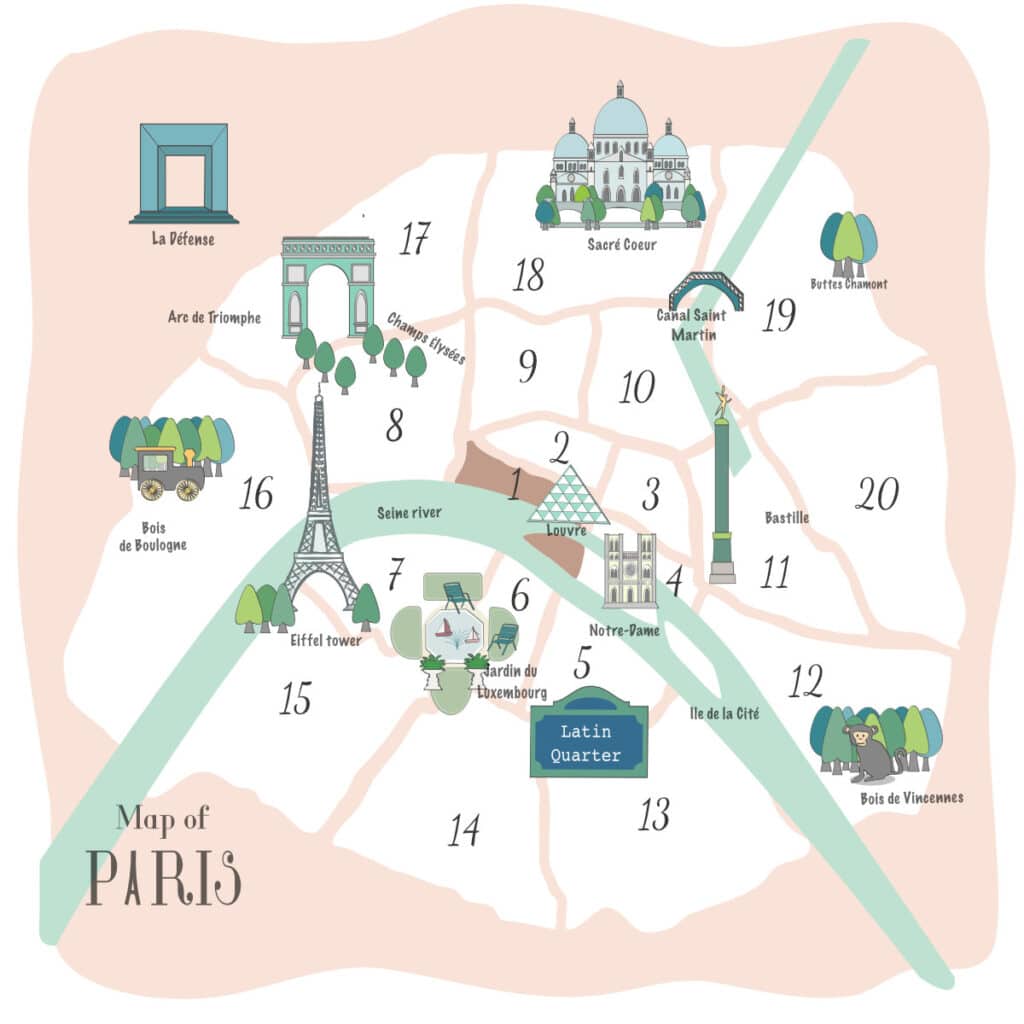
From Pont Neuf to the Musée de l’Orangerie, there are quite a few hidden and not-so-hidden gems in this area to go exploring. So let’s see what there is to do in the 1st arrondissement, shall we? Allons-y!
What to see: Museums and Attractions
1. The Louvre Museum
The 1er arrondissement is the home of the Louvre Museum, the world’s largest art museum, and a UNESCO historic monument.
This former castle, turned palace, turned museum is a must for lovers of art and history. It is said the Louvre is so big only 5-10% of its collection is actually on display.
There’s an overwhelming amount of art at the Louvre, so you have to pick and choose. From paintings like Mona Lisa to sculptures by Michaelangelo, there is just not enough time to see the 35,000 pieces of art that are on display at the Louvre.
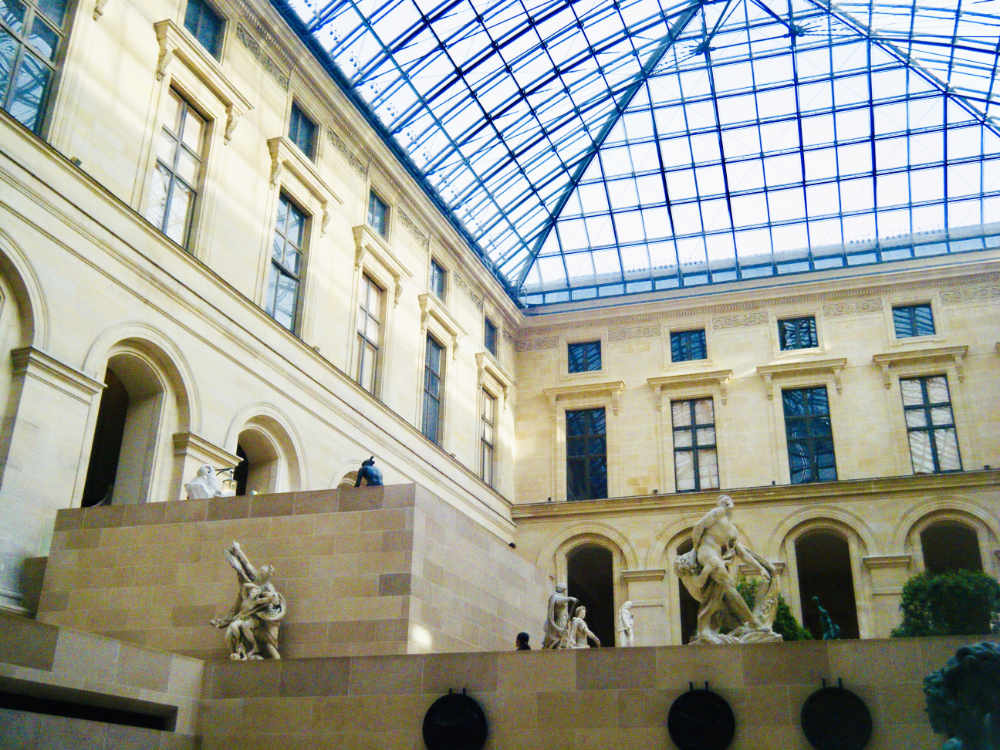
With objects ranging from Egyptian antiquities to European art, the Lourve museum has to be on the bucket list of any first-time vistor to Paris. If you do plan on visiting the Louvre, you can read more about the works of art you shouldn’t miss at the Louvre here.
Note: During the busy summer season, tickets often are only sold online for timed entrances. Book in advance to avoid disappointment.
2. Chatelet
The center of Paris! Here you will find the mother of all Metro stations: Chatelet Les Halles. It is one of the largest metro stations in the world and I’m sorry to say, probably one of the ugliest as well.
It is always under construction, so forewarned. Most locals like myself will try to get off one stop before at the more sedate Louvre-Rivoli metro station, or Hotel de Ville metro.
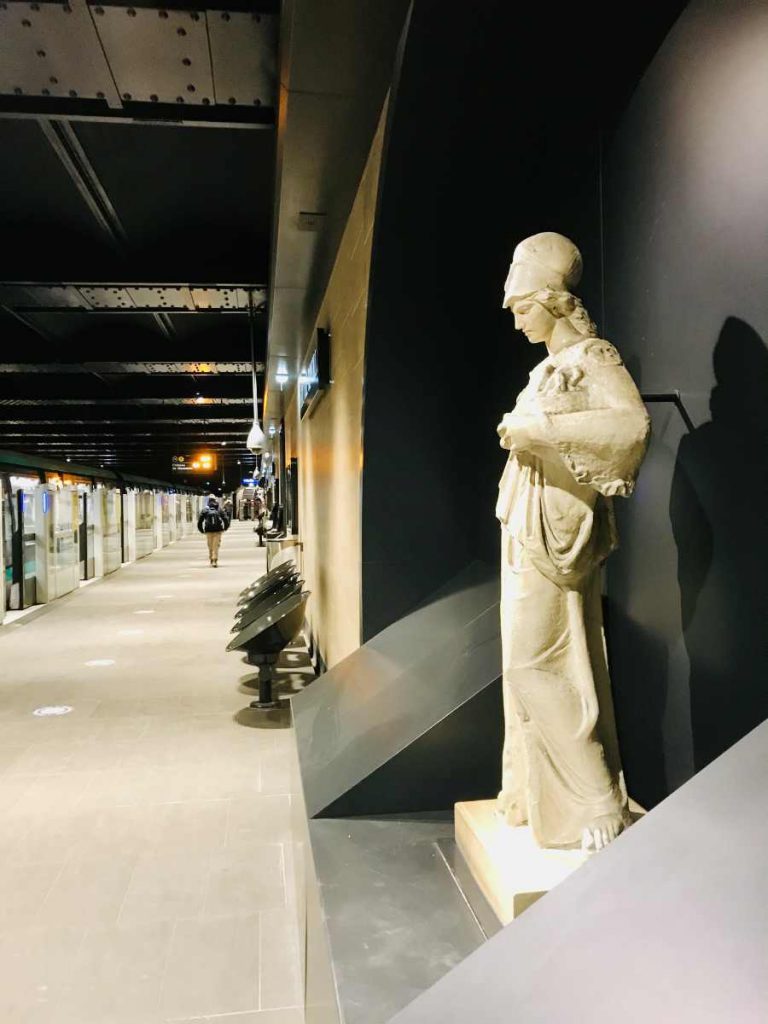
However, Chatelet is the main connecting point for most of the public transit in Paris. If accessibility is important to you, this is where you want to stay in Paris.
3. Conciergerie
Officially known as the Palais de la Cité, this historic castle fortress today attracts millions of visitors from around the world. It earned the nickname of the Conciergerie because it is here that a new royal position was created in the 12th century within the palace.
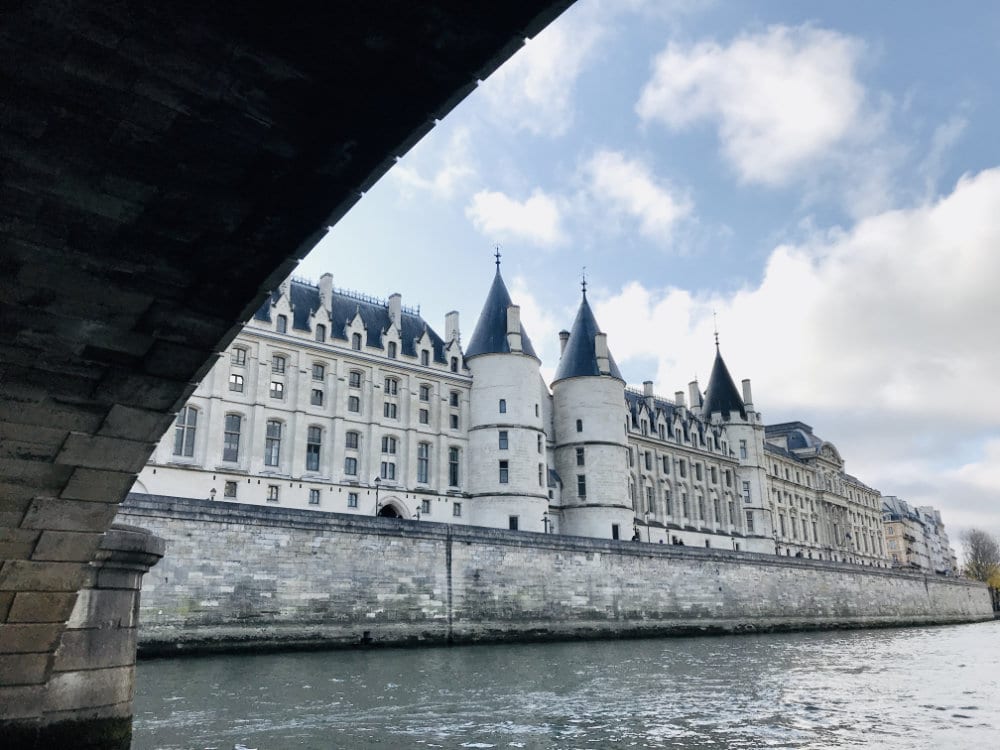
One of the oldest buildings in Paris, this was once a royal residence and the main power base of the French Monarchs in Paris. It would eventually become a prison.
During the Iron age between 250 and 225 BC, a sub-tribe of the Celtic Gauls, called the Parisii settled on the banks of the Seine. They began to build a type of walled fort called an oppidum here in the 2nd century BC.
After the Romans and the Franks continued to fortify the island, it would be the Capetian Kings (Hugh Capet and his descendants) who would return to Ile de la Cité as their base in the 10th century, and turn the old fortress into a royal palace.
The walls were reinforced, gates constructed, and large halls added, as the palace became the seat of administration, with each generation expanding and reinforcing the palace.
It is here where Queen Marie-Antoinette was held in prison, put on trial, and found guilty. After a two-day show trial, she was found guilty on all charges and condemned to death.
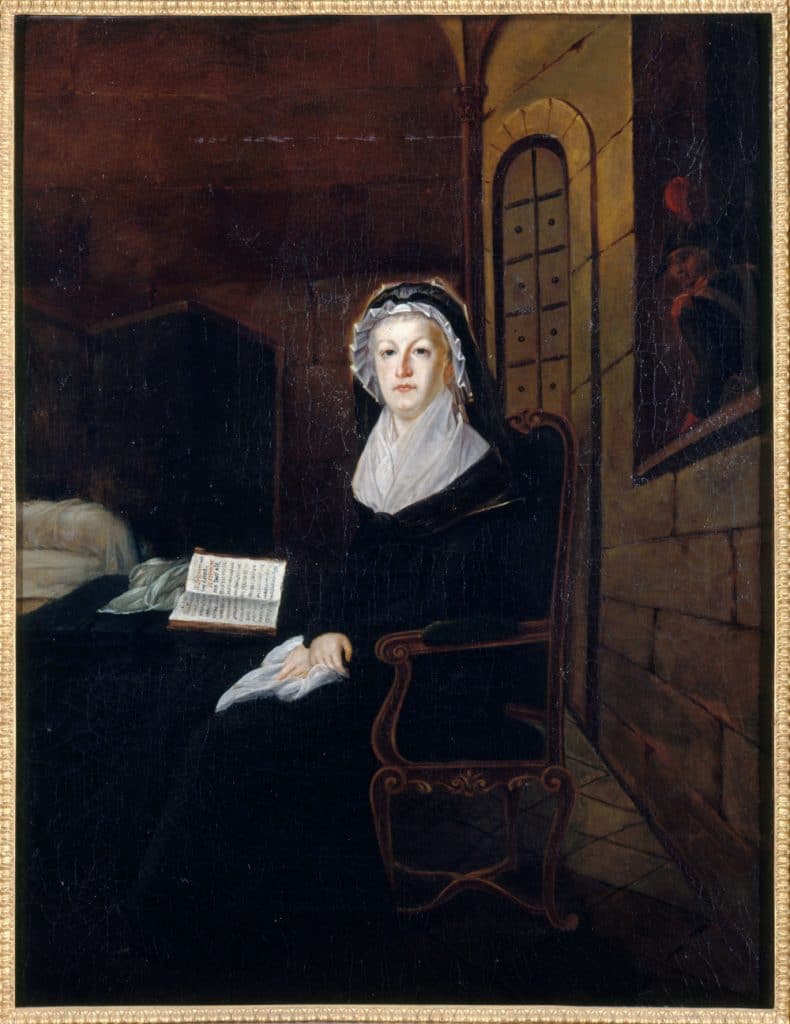
The tiny prison cells of the Conciegerie were a far cry from the palaces the Queen was used to. You can book a tour of the Conciegerie here.
4. Jardin des Tuileries
After visiting the Conciergerie, head back to the Right bank and go west till you reach the Jardin des Tuileries.
This was the site of a royal palace, the Palais des Tuileries, and it is in this palace that Marie-Antoinette, Louis XVI and their children were brought to after being forced to leave Versailles.
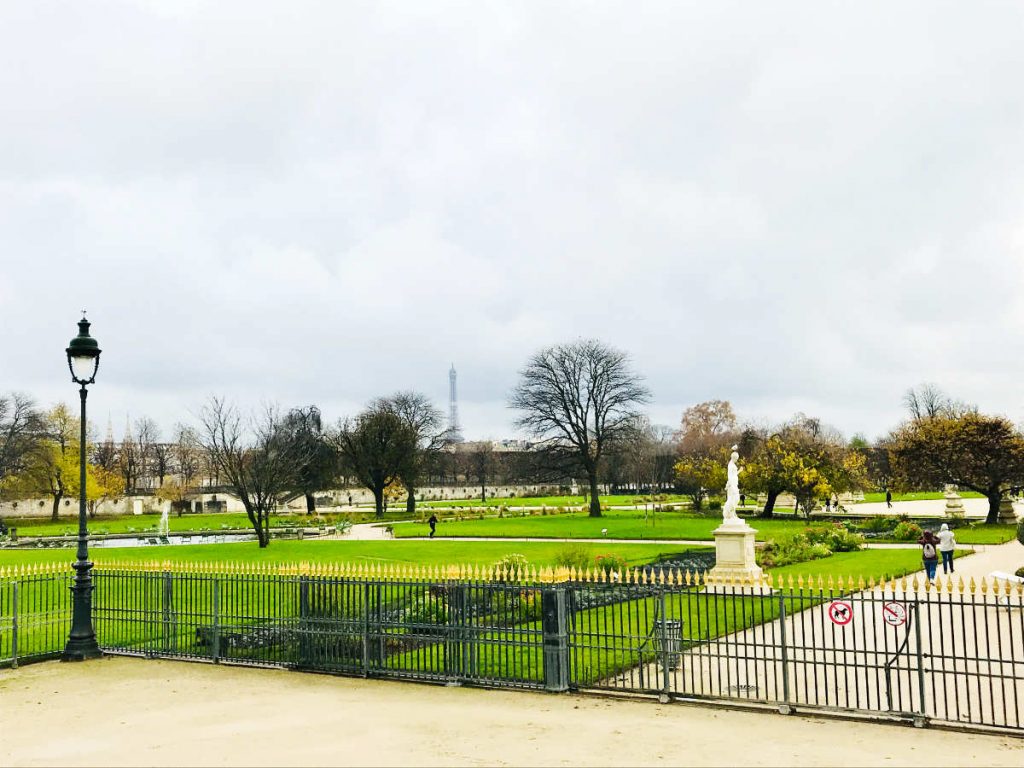
French Queen Catherine de Medici started building the Palais des Tuileries two centuries earlier in 1564, a stone’s throw away from the Palais du Louvre. Later monarchs would go on to add wings and attach the Tuileries and the Louvre.
Today, it is a large expansive garden, the “backyard” of locals living in this part of the Right bank. Entry to the gardens is Free.
5. Palais Royal
Located in the 1st arrondissement of Paris, the Palais-Royal is today a series of government offices. It consists of several buildings which are interconnected, with a foreground courtyard, and a larger garden courtyard all within the premises.
The original Palace was not for a King but for the powerful Cardinal Richelieu, who was an advisor and First Minister to Louis XIII in the 17th century. As the Catholic Cardinal was not allowed to marry or have children, the property ceded to the King after his death in 1642.
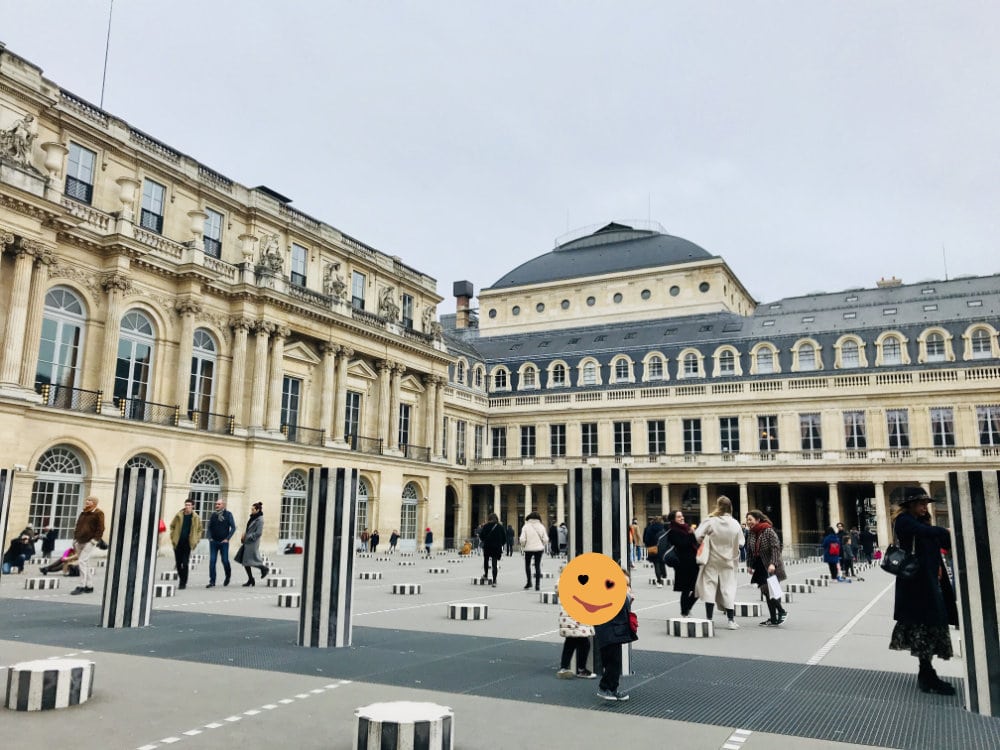
It would become the home of 5-year-old Sun King Louis XIV who ascended to the throne upon the death of his father Louis XIII in 1643. His mother Anne of Austria, who was regent, believed that it would be a more accommodating home for children, than the over-grand Palais du Louvre.
But it was a tumultuous time, and at one point the 12-year old Louis and his mother were held prisoner at Palais Royal until they conceded to certain demands of the frondeurs. As an adult he shunned the palace, building a grand palace in Versailles instead.
Today, within the inner courtyard Cour d’Honneur of the Palais Royal in Paris is the art installation by Daniel Buren, called the Colonnes de Buren. It was controversial when it was installed in the 1980s, but today it is on every Instagrammer’s must-do list. Entrance is free.
6. Place Dauphine
A quiet little jewel on the tip of Ile de la Cité in the center of Paris, it is easy to visit Paris several times and still miss out. Spy on the locals playing pétanque, or if you are brave enough, ask if you can join.
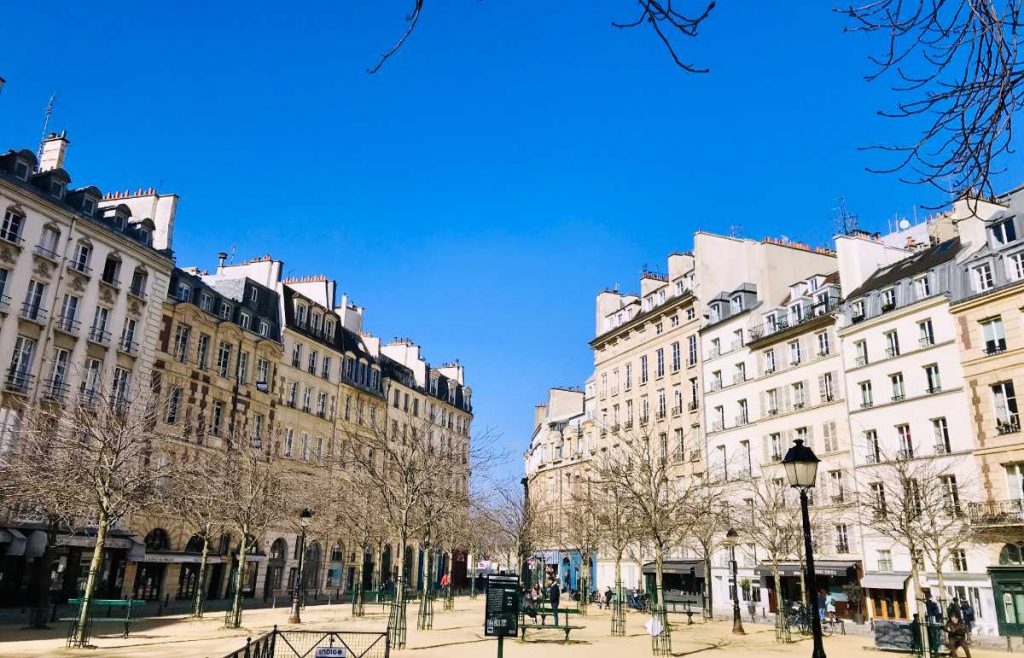
The game is a mix of lawn bowling and horseshoes. It originated with the ancient Romans in the South near Marseille, before becoming popular all over France.
7. Pont Neuf
Just steps away from Place Dauphine is the oldest bridge in Paris. The Pont Neuf was constructed in 1607, and as you would have it, translates as “New Bridge”.
It was built by King Henri IV. You can read more about him and other members of the French royal family here.
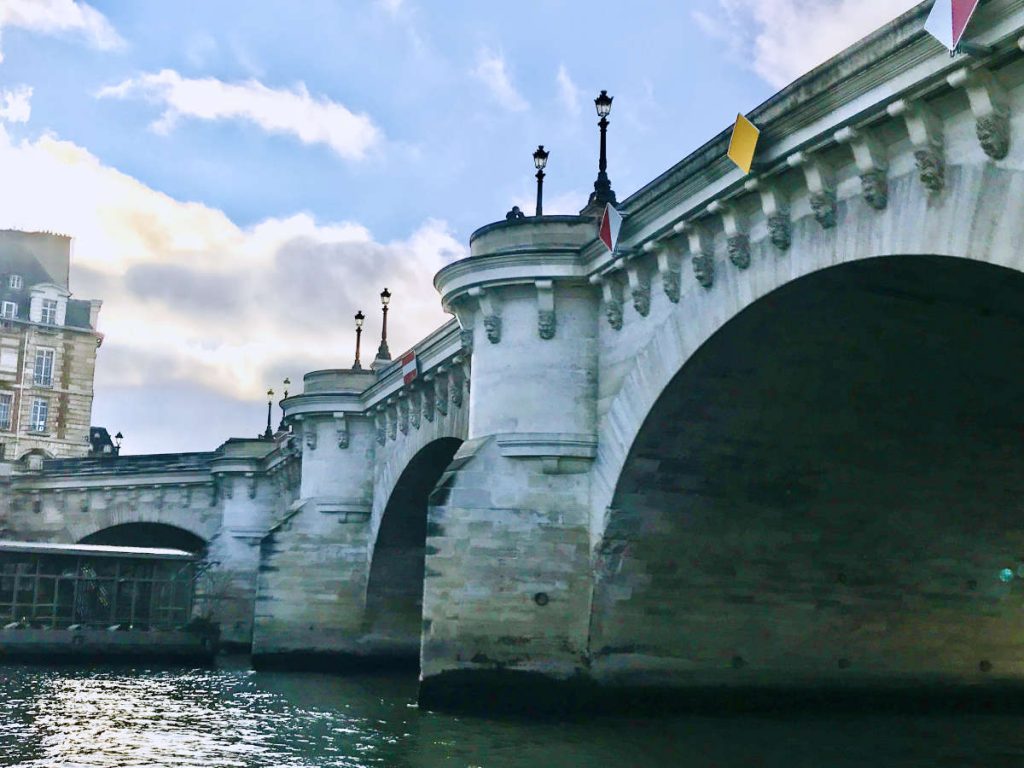
Head to Pont Neuf bridge and the little Square du Vert-Galant park at the tip of the island, to catch a view of the Eiffel Tower in the distance.
8. Sainte Chapelle
The Sainte Chapelle church is one of the most beautiful churches in Paris, and indeed all across France.
It is a gothic royal chapel constructed in 1248 as a home to the Crown of Thorns and is located within the medieval Palais de la Cité (Conciergerie).

It is one of the earliest surviving buildings of the royal palace. It was constructed in the 13th century by King Louis IX, later known as Saint Louis.
Saint Louis had earned a sainthood for bringing back the Crown of Thorns and other holy relics from the Crucifixion of Christ to France from Constantinople (today known as Turkey).
Saint Chapelle was built in order to hold the holy relics. The lower level of the chapel served as the parish church, while the upper level was used only by the King and royal family.
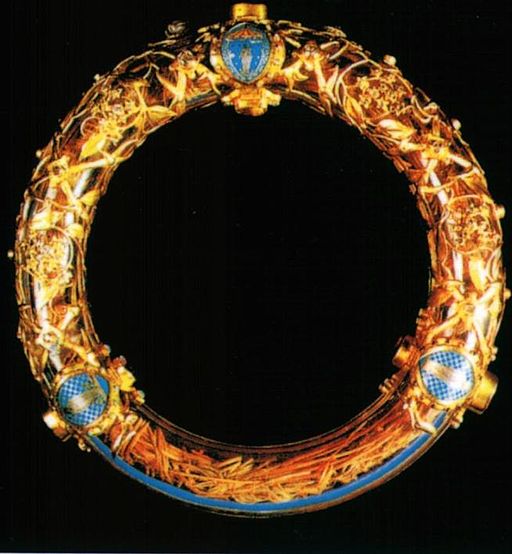
Although damaged during the French Revolution, it was mostly restored in the 19th century. The Crown of Thorns was moved to Notre Dame de Paris during the French Revolution. It currently resides in a safe in Paris’s Louvre museum for security purposes.
However Sainte Chapelle still has one of the most extensive 13th-century stained glass collections anywhere in the world. You can purchase your skip-the-line tickets here.
9. Musée de l’Orangerie
If you don’t want a big museum, but still enjoy a bit of culture, you may want to visit the Musée de l’Orangerie.
Right next to the Place de la Concorde is this tiny Impressionists’ museum that is perfect those who don’t want to walk too much.
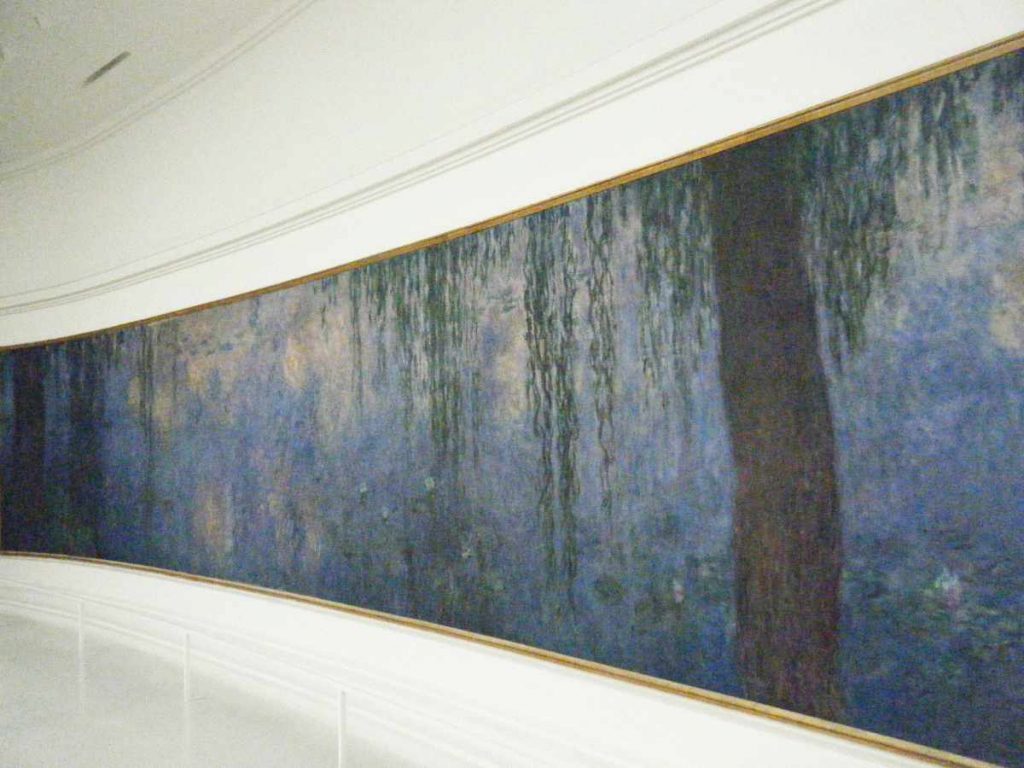
Featuring the famous floor to ceiling paintings of waterlilies by French painter Claude Monet as well as Renoir, Matisse, Cezanne, Gaughin and more, this is a museum that children will enjoy as well.
You can read more about the Musée de l’Orangerie and book your skip-the-line tickets here.
Shopping
La Samaritaine
The newest shopping center in Paris is actually also one of the oldest. Originally built in 1905, the department store was closed in 2005 for a substantial renovation, only reopening in 2021.
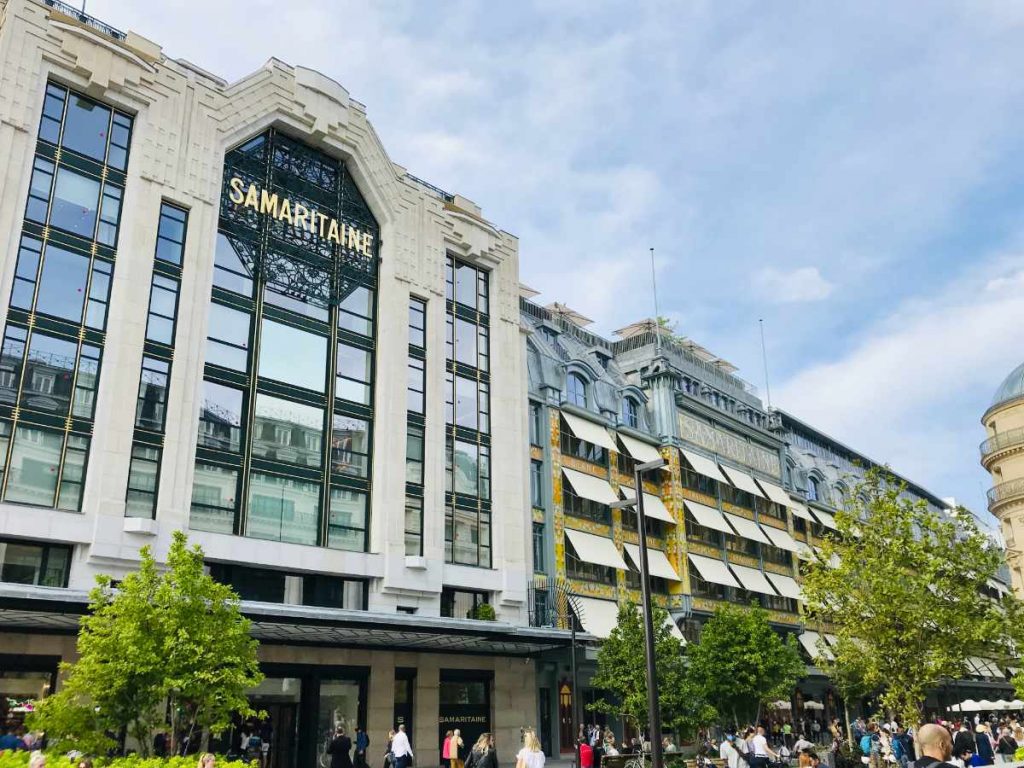
It is now owned by Bernard Arnault‘s LVMH group making it a natural competitor to Galerie Lafayette and Printemps.
La Samaritaine is located right on the quays of the Seine near Pont Neuf, and because of its excellent location, it was supposed to be turned into a hotel. The French government decided to step in and insist on a renovation, with a hotel built in the building attached.
Today, the Samaritaine has been fully restored, and with a wonderful restaurant and brewery inside, it certainly is doing its part to attract shoppers.
Place Vendome and Rue Saint-Honoré
If you don’t care for shopping centers, one of the most exclusive shopping areas in Paris is Place Vendome in the 1st arrondissement. There are several spectacular jewellery stores in this area like Cartier, Boucheron, and Van Cleef & Arpels.
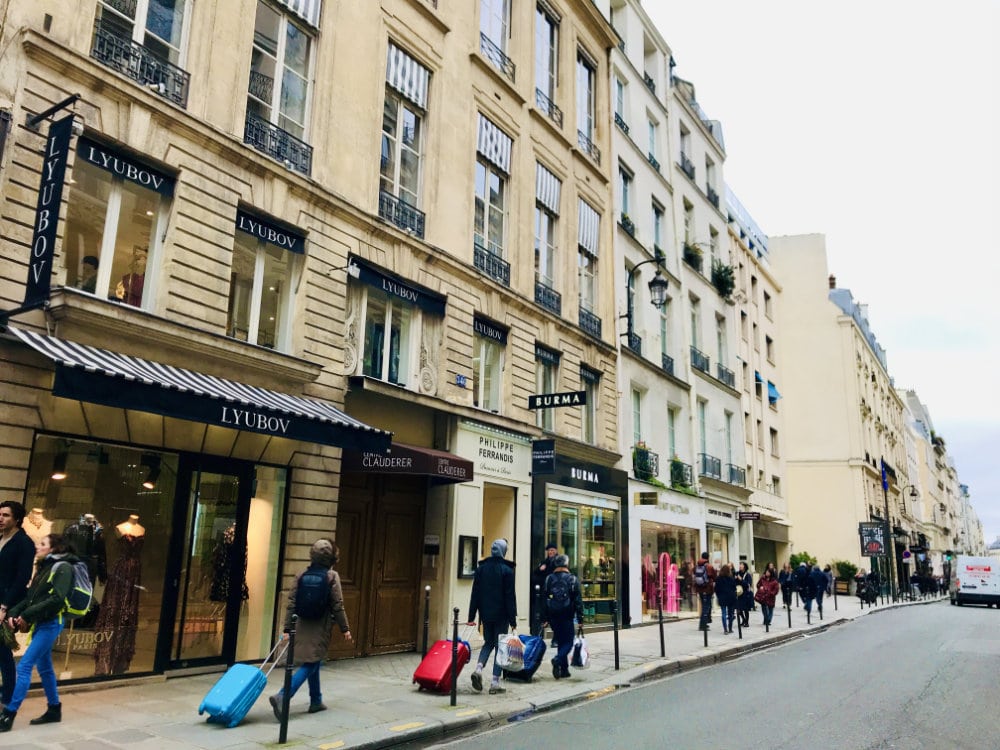
Place Vendome is also right next to Rue Saint Honoré. This tiny street is located behind rue Rivoli in the 1st arrondissement and holds some of the most fashionable brands in the world.
With everything from Celine to Chloé and Balenciaga to Guerlain, you will have to hold on to your wallet.
Forum des Halles Shopping Center
Just steps away from the Metro station Chatelet and the Marais, is the Forum des Halles shopping center.
If you are looking for a classic centre commercial (meaning “mall”), the Forum des Les Halles with its affordable prêt-a-porter selection in the 1st arrondissement is it.
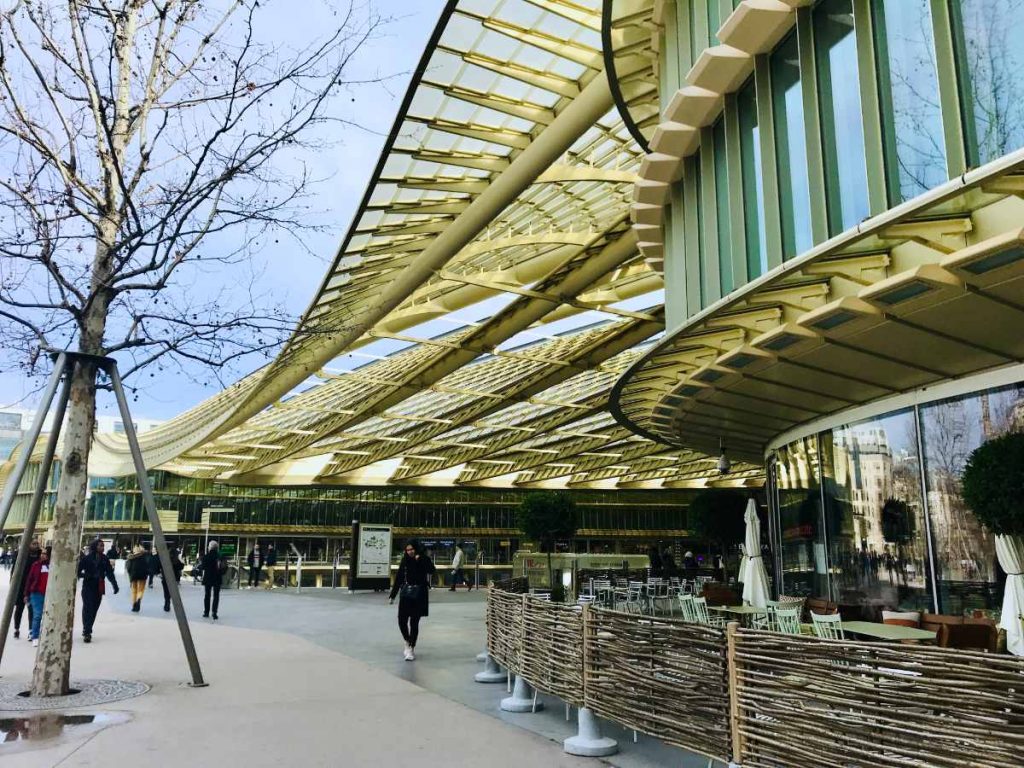
The original Les Halles was a wholesale food market in Paris dating back to the Middle ages. It actually dated back to the 5th century as the Marché Palu on l’Ile de la Cité. In 1181 the covered market moved to this location, Les Halles on the Right Bank, to make access easier for boats coming along the Seine River. The Fortress Louvre was built to protect that trade route.
In 1969, with the proliferation of airplanes and supply trucks, a historic decision was made to move the wholesale market from Les Halles de Paris to the town of Rungis, just outside Paris.
Today, after several rounds of renovations, the Westfield Forum des Halles is today one of the most visited shopping malls in all of France.
Much of the Forum des Halles is underground, including the movie theatre which connects directly to the metro and RER trains from all across the Grand Paris region.
Including everything from Zara to Mango and more, there are plenty of shops for all your shopping needs, protected from the vagaries of Parisian weather.
What to eat: Restaurants, Brasseries, and Bistros
There are plenty of famous chefs and retaurants to choose from in the 1st arrondissement, so dig in and enjoy. Some local favorites are:
- Sur Mesure par Thierry Marx – Michelin starred chef with multi-course menu at 251 Rue St Honoré, 75001 Paris
- Loulou – Elegant Italian and French fare in the Carousel de Louvre at 107 Rue de Rivoli, 75001 Paris
- Mystery Cuisine – French Vietnamese cuisine at 37 Rue de Montpensier, 75001 Paris
You can find more ideas and ways of spending an evening in Paris here.
Bars and Nightlife
Many of the streets around Chatelet behind Rue de Rivoli are pedestrianized, and there are many tiny bars, pubs and clubs in the area at a wide variety of price points. Some local favorites are:
Bars and Pubs
- Kong (high-end restaurant and rooftop bar – 1 Rue du Pont Neuf, 75001 Paris
- Cafe Oz (Aussie vibe. Usually shows sporting events during World Cup, etc.) – 18 rue St Denis, 75001 Paris
Nightclubs around Chatelet
- VIP Room (upscale) – 188 bis Rue de Rivoli, 75001 Paris
- The LABO Bar Club Paris (good happy hour) – 37 Rue des Lombards, Paris, 75001
- Le Mona Lisa (speakeasy style) – 47 Rue Berger, 75001 Paris
You can find more bars and nightlife options around Paris here.
Where to stay: Hotels and other accommodation
If you want to stay right in the heart of the action where the history of Paris began, you cannot go wrong with the 1er arrondissement. Within walking distance to many of the major historical attractions in the city, as well as bustling bars, restaurants and cafés, the area is a wonderful place to base yourself while staying in Paris. Some recommended hotels in the area are:
- €€€ – Hotel Opera Maintenon
- €€€€ – Saint James Albany Hotel & Spa
- €€€€€ – Le Meurice – Dorchester Collection
- €€€€€ – Château Voltaire
You can find more accommodation options for the 1st arrondissement here.

If you enjoyed that article, you may like to read more about the nearby 2nd, 3rd and 4th arrondissements. A bientôt!
